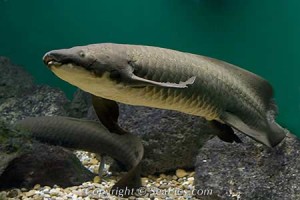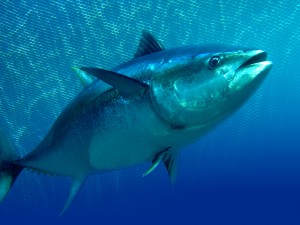wd40 said here: ” some fish are more closely related to you than they are to tuna”.
Here is a fish that is considered closest to humans

http://seapics.com/assets/pictures/104657-450-lungfish.jpg”
Lungfish are considered closest relative of tetrapods (humans are tetrapods). Thus it would be something like the lungfish that wd40 argues is more closely related to me than it is to a tuna.
Well, here is a tuna:

http://www.worldtunatrade.com/wp-content/gallery/gallery-2/tuna.jpg
And here is a human:

http://images3.wikia.nocookie.net/__cb20110107000310/jackyman225/images/e/e0/Indiana_jones_1.jpg
Do you think a lungfish is more closely related to a tuna or is a lungfish more closely related to a human? Well, wd40 says, ” some fish are more closely related to you than they are to tuna”.
How did wd40 arrive at this strange conclusion? See: Lungfish and humans – famous novel has almost 100% similarity to Mirriam Webster’s Dictionary.
🙂